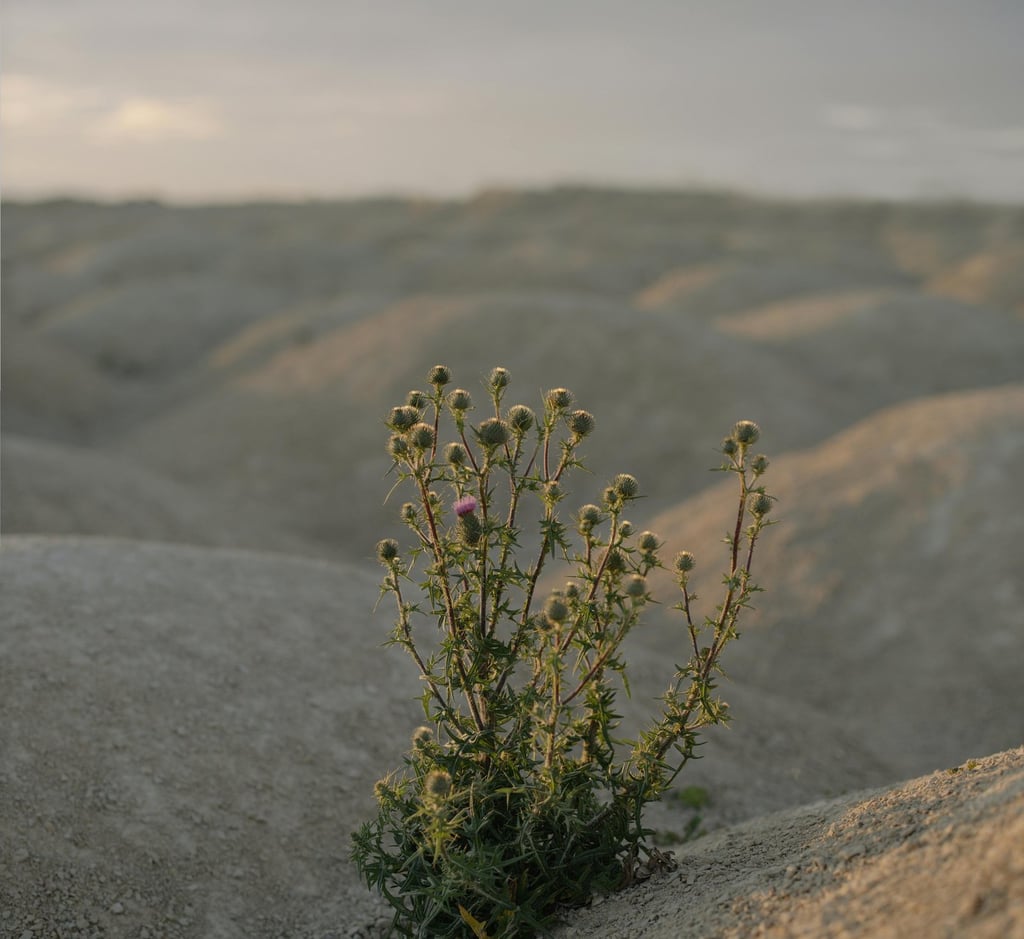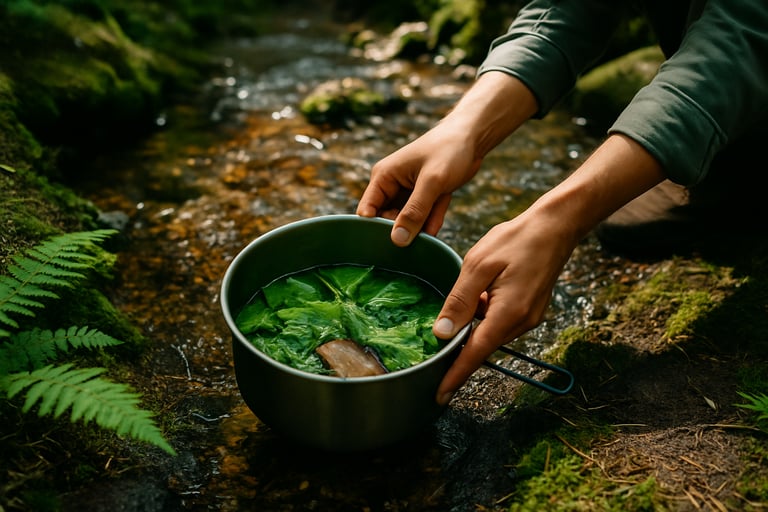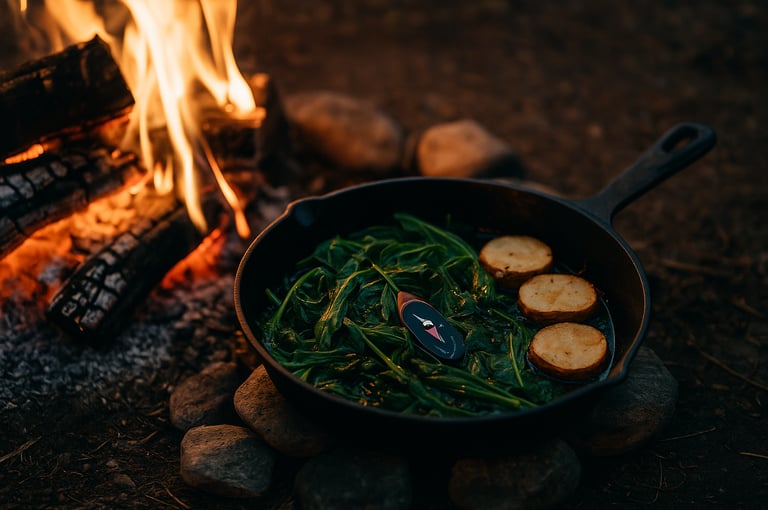How to Prepare and Cook Edible Wild Plants Safely
Learn how to safely prepare and cook edible wild plants in the wilderness. This beginner-friendly guide covers plant foraging, safe preparation, and survival cooking tips for outdoor enthusiasts.


How to Prepare and Cook Edible Wild Plants Safely
Knowing What’s Safe to Eat in the Wild
When you're out in the wilderness, being able to identify and prepare edible wild plants is an essential survival skill. But foraging isn’t just about picking random greenery, it’s about knowing exactly what’s safe to eat and how to make it digestible.
Some wild plants are nutritious, while others can be toxic if not properly handled. To get started, brush up on the Foraging Basics: How to Start Safely and Responsibly. The more familiar you become with local plant species, the better your chances of staying healthy on the trail.
Before you eat anything, always make a positive identification using a reliable field guide or plant ID app. Don’t rely on guesswork or what looks familiar. Many edible plants have toxic lookalikes, and the consequences of eating the wrong one can be dangerous. To avoid harmful mistakes, review How to Identify Poisonous Plants in the Wild before consuming anything unfamiliar. If you’re unsure, it’s better to skip it.
How to Clean and Prep Wild Greens and Roots
Once you've identified a safe, edible plant, the next step is to clean and prepare it. Whether you’re foraging for greens, roots, or shoots, always begin by rinsing them with filtered water to remove dirt, insects, or possible contaminants.
For wild greens like lamb’s quarters or dandelion, cut away any tough or wilted sections. Some plants, such as stinging nettles, require boiling or blanching to neutralize their sting. With roots like burdock or wild carrots, peeling and slicing them thin helps with even cooking and digestion.
Simple Ways to Cook Plants in the Backcountry
You don’t need fancy equipment to cook wild edibles — just a fire, a pot or pan, and some knowhow. Boiling is one of the easiest and safest ways to prepare plants. It helps break down fibrous parts, kills off any microbes, and can reduce bitter flavors.
If you have oil or fat in your kit, you can sauté greens for extra flavor. You can also roast roots on a stick over the fire or wrap them in foil and bake them in hot coals. Just be sure to cook everything thoroughly, especially if it’s your first time trying a plant. Some are only edible after being heated.
Clean water is essential when cooking in the wild. If you're unsure about your water source, learn how to purify water in the wilderness before using it for food prep.
Combining Plants with Other Survival Foods
Wild plants are often low in calories on their own, so it’s a good idea to pair them with other food sources. They make a great addition to stews, wraps, or stir-fries if you’ve caught fish or game. You can also mix them with nuts, seeds, or other ingredients from your pack for a balanced meal.
Even when properly identified and prepared, some plants can upset your stomach if eaten in large quantities. Try new plants in small amounts first and see how your body reacts before making them a major part of your trail diet.
For more ideas on what’s safe to gather, explore our guide to the Top 10 Edible Wild Plants You Can Safely Forage in North America.




© 2025. All rights reserved About | Privacy Policy | Terms and Conditions | Affiliate Disclosure | Disclaimer


